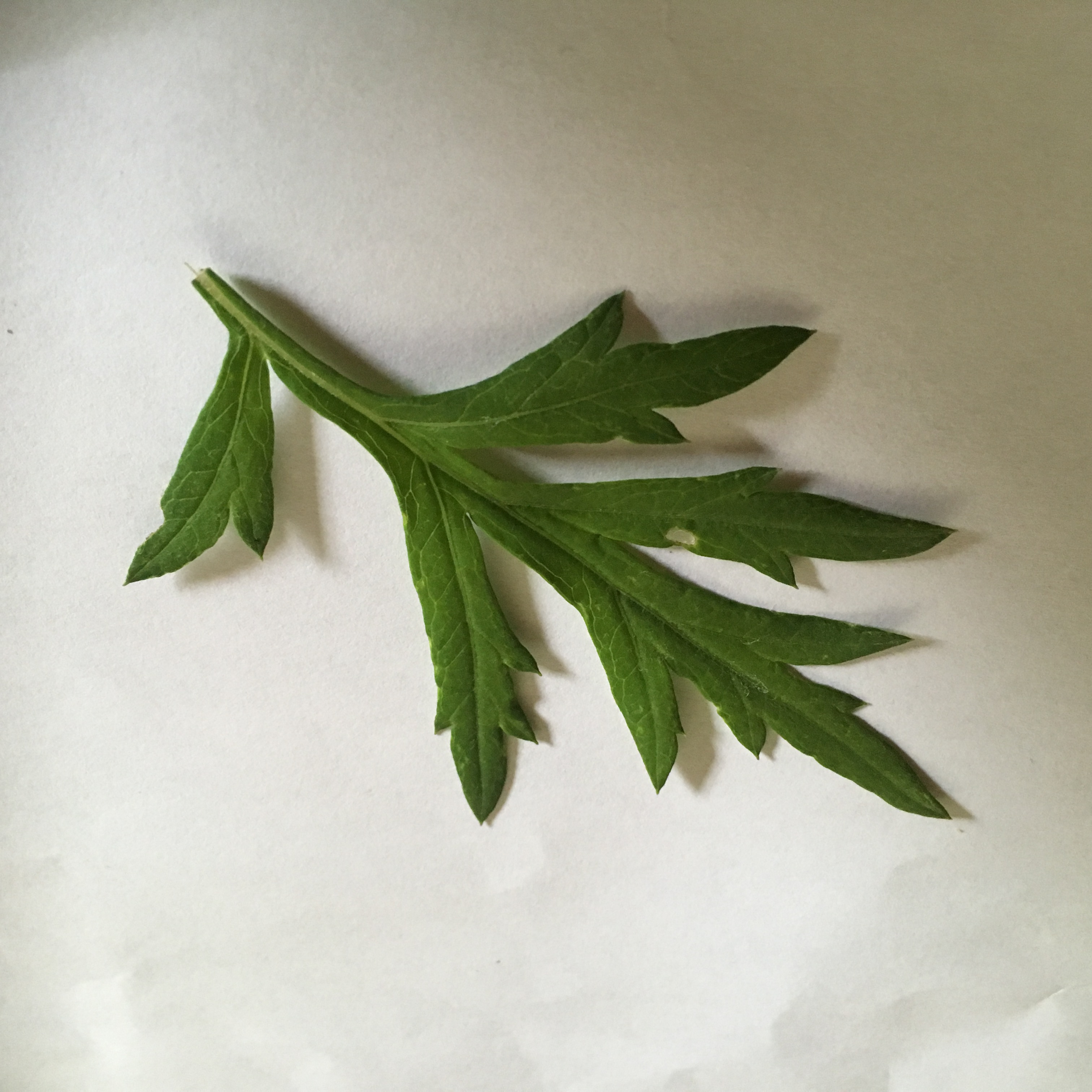|
Olya, Russia
Olya (russian: Оля) is a rural locality (a '' selo'') in Limansky District of Astrakhan Oblast, Russia, on the shore of one of the largest branches of the Volga River, Bakhtemir, near the Caspian Sea about southwest of Astrakhan. It serves as a port on the Caspian Sea. In 2010 the settlement recorded 1372 farmsteads and 3752 residents. The port's cargo turnover was approximately 2.5 million tons as of 2006. History Olya is one of the oldest fishing villages in Astrakhan Oblast. The word ''Olya'', which is of Kalmyk origin, means ''small hatchet'' describing the shape of the island on which Olya was originally located. Other villages are also on the islands, to the south and west, all separated by small channels. ''Chanta''is two kilometers south while ''Karantina'' is three kilometers southwest. Olya was originally between the coast and the mouth of the Bakhtimir, but the sea and the river receded and eventually the small channels separating the villages silted up. Olya and ... [...More Info...] [...Related Items...] OR: [Wikipedia] [Google] [Baidu] |
Astrakhan Oblast
Astrakhan Oblast (russian: Астраха́нская о́бласть, ''Astrakhanskaya oblast'', , ''Astrakhan oblysy'') is a federal subject of Russia (an oblast) located in southern Russia. Its administrative center is the city of Astrakhan. As of the 2010 Census, its population was 1,010,073. Geography Astrakhan is traversed by the northeasterly line of equal latitude and longitude. Its southern border is the Caspian Sea, eastern is Kazakhstan ( Atyrau Region and West Kazakhstan Region), northern is Volgograd Oblast, and western is Kalmykia. It is within the Russian Southern Federal District. History Astrakhan region is the homeland of the Buzhans, one of several Slavic tribes from which modern Russians evolved. They lived in Southern Russia and inhabited the area around the Buzan river. Buzan oblast was created on December 27, 1943, on parts of the territories of the abolished Kalmyk ASSR and Astrakhan Okrug of Stalingrad Oblast. Starting from the 16th ... [...More Info...] [...Related Items...] OR: [Wikipedia] [Google] [Baidu] |
Willow
Willows, also called sallows and osiers, from the genus ''Salix'', comprise around 400 speciesMabberley, D.J. 1997. The Plant Book, Cambridge University Press #2: Cambridge. of typically deciduous trees and shrubs, found primarily on moist soils in cold and temperate regions. Most species are known as willow, but some narrow-leaved shrub species are called osier, and some broader-leaved species are referred to as sallow (from Old English ''sealh'', related to the Latin word ''salix'', willow). Some willows (particularly arctic and alpine species) are low-growing or creeping shrubs; for example, the dwarf willow (''Salix herbacea'') rarely exceeds in height, though it spreads widely across the ground. Description Willows all have abundant watery bark sap, which is heavily charged with salicylic acid, soft, usually pliant, tough wood, slender branches, and large, fibrous, often stoloniferous roots. The roots are remarkable for their toughness, size, and tenacity to ... [...More Info...] [...Related Items...] OR: [Wikipedia] [Google] [Baidu] |
Reed (plant)
Reed is a common name for several tall, grass-like plants of wetlands. Varieties They are all members of the order Poales (in the modern, expanded circumscription), and include: In the grass family, Poaceae * Common reed ('' Phragmites australis''), the original species named reed * Giant reed ('' Arundo donax''), used for making reeds for musical instruments * Burma reed ('' Neyraudia reynaudiana'') * Reed canary-grass ('' Phalaris arundinacea'') * Reed sweet-grass ('' Glyceria maxima'') * Small-reed ('' Calamagrostis'' species) In the sedge family, Cyperaceae * Paper reed or papyrus ('' Cyperus papyrus''), the source of the Ancient Egyptian writing material, also used for making boats In the family Typhaceae * Bur-reed ('' Sparganium'' species) * Reed-mace (''Typha'' species), also called bulrush or cattail In the family Restionaceae * Cape thatching reed (''Elegia tectorum''), a restio originating from the South-western Cape, South Africa. * Thatching reed ('' Thamno ... [...More Info...] [...Related Items...] OR: [Wikipedia] [Google] [Baidu] |
Tamarisk
The genus ''Tamarix'' (tamarisk, salt cedar, taray) is composed of about 50–60 species of flowering plants in the family Tamaricaceae, native to drier areas of Eurasia and Africa. The generic name originated in Latin and may refer to the Tamaris River in Hispania Tarraconensis (Spain). Description They are evergreen or deciduous shrubs or trees growing to in height and forming dense thickets. The largest, '' Tamarix aphylla'', is an evergreen tree that can grow to tall. They usually grow on saline soils, tolerating up to 15,000 ppm soluble salt, and can also tolerate alkaline conditions. Tamarisks are characterized by slender branches and grey-green foliage. The bark of young branches is smooth and reddish brown. As the plants age, the bark becomes gray-brown, ridged and furrowed. The leaves are scale-like, almost like that of junipers, 1–2 mm (1/20" to 1/10") long, and overlap each other along the stem. They are often encrusted with salt secretions. The pink ... [...More Info...] [...Related Items...] OR: [Wikipedia] [Google] [Baidu] |
Sedge
The Cyperaceae are a family of graminoid (grass-like), monocotyledonous flowering plants known as sedges. The family is large, with some 5,500 known species described in about 90 genera, the largest being the "true sedges" genus '' Carex'' with over 2,000 species. These species are widely distributed, with the centers of diversity for the group occurring in tropical Asia and tropical South America. While sedges may be found growing in almost all environments, many are associated with wetlands, or with poor soils. Ecological communities dominated by sedges are known as sedgelands or sedge meadows. Some species superficially resemble the closely related rushes and the more distantly related grasses. Features distinguishing members of the sedge family from grasses or rushes are stems with triangular cross-sections (with occasional exceptions, a notable example being the tule which has a round cross-section) and leaves that are spirally arranged in three ranks. In compariso ... [...More Info...] [...Related Items...] OR: [Wikipedia] [Google] [Baidu] |
Couch
A couch, also known as a sofa, settee, or chesterfield, is a cushioned item of furniture for seating multiple people (although it is not uncommon for a single person to use a couch alone). It is commonly found in the form of a bench with upholstered armrests and is often fitted with springs and tailored cushion and pillows. Although a couch is used primarily for seating, it may be used for sleeping. In homes, couches are normally put in the family room, living room, den, or lounge. They are sometimes also found in non-residential settings such as hotels, lobbies of commercial offices, waiting rooms, and bars. Couches can also vary in size, color, and design. Etymology The term ''couch'' originally denoted an item of furniture for lying or sleeping on. ''Couch'' is predominantly used in North America, Australia, South Africa, and Ireland, whereas the terms ''sofa'' and ''settee'' (U and non-U) are most commonly used in the United Kingdom and India. The word ''cou ... [...More Info...] [...Related Items...] OR: [Wikipedia] [Google] [Baidu] |
Salsola (plant)
''Salsola'' is a genus of the subfamily Salsoloideae in the family Amaranthaceae. The genus ''sensu stricto'' is distributed in central and southwestern Asia, North Africa, and the Mediterranean. A common name of various members of this genus and related genera is saltwort, for their salt tolerance. The genus name ''Salsola'' is from the Latin ''salsus'', meaning "salty". Description The species of ''Salsola'' are mostly subshrubs, shrubs, small trees, and rarely annuals. The leaves are mostly alternate, rarely opposite, simple, and entire. The bisexual flowers have five tepals and five stamens. The pistil ends in two stigmata. The fruit is spherical with a spiral embryo and no perisperm. Systematics The genus name ''Salsola'' was first published in 1753 by Linnaeus in ''Species Plantarum''. The type species is ''Salsola soda'' L. The genus ''Salsola'' belongs to the tribe Salsoleae ''s.s.'' of the subfamily Salsoloideae in the family Amaranthaceae. The genus was recircum ... [...More Info...] [...Related Items...] OR: [Wikipedia] [Google] [Baidu] |
Artemisia Vulgaris
''Artemisia vulgaris'', the common mugwort, is a species of flowering plant in the daisy family Asteraceae. It is one of several species in the genus '' Artemisia'' commonly known as mugwort, although ''Artemisia vulgaris'' is the species most often called mugwort. It is also occasionally known as riverside wormwood, felon herb, chrysanthemum weed, wild wormwood, old Uncle Henry, sailor's tobacco, naughty man, old man, or St. John's plant (not to be confused with St John's wort). Mugworts have been used medicinally and as culinary herbs. Distribution ''A. vulgaris'' is native to temperate Europe, Asia, North Africa, and Alaska, and is naturalized in North America, where some consider it an invasive weed. It is a very common plant growing on nitrogenous soils, such as waste places, roadsides and other weedy and uncultivated areas. Uses Traditionally, it has been used as one of the flavoring and bittering agents of gruit ales, a type of unhopped, fermented grain beverage. In V ... [...More Info...] [...Related Items...] OR: [Wikipedia] [Google] [Baidu] |
Ilmenite (value)
Ilmenite is a titanium-iron oxide mineral with the idealized formula . It is a weakly magnetic black or steel-gray solid. Ilmenite is the most important ore of titanium and the main source of titanium dioxide, which is used in paints, printing inks, fabrics, plastics, paper, sunscreen, food and cosmetics. Structure and properties Ilmenite is a heavy (specific gravity 4.7), moderately hard (Mohs hardness 5.6 to 6), opaque black mineral with a submetallic luster. It is almost always massive, with thick tabular crystals being quite rare. It shows no discernible cleavage, breaking instead with a conchoidal to uneven fracture. Ilmenite crystallizes in the trigonal system with space group ''R''. The ilmenite crystal structure consists of an ordered derivative of the corundum structure; in corundum all cations are identical but in ilmenite Fe2+ and Ti4+ ions occupy alternating layers perpendicular to the trigonal c axis. Pure ilmenite is paramagnetic (showing only very weak attra ... [...More Info...] [...Related Items...] OR: [Wikipedia] [Google] [Baidu] |
Baer Knolls
Baer (or Bär, from german: bear, links=no) or Van Baer is a surname. Notable people with the surname include: Baer * Alan Baer, American tuba player * Arthur "Bugs" Baer (1886–1969), American journalist and humorist * Buddy Baer (1915–1986), American boxer * Byron Baer (1929–2007), American politician * Carl Baer (1918–1996), American basketball player * Clara Gregory Baer (1863–1938), American inventor of netball, Newcomb ball and author of first rules of women's basketball * Dale Baer (1950–2021), American character animator * Donald M. Baer (1931–2002), American developmental psychologist * Eric Baer (born 1932), American polymer researcher * George A. Baer (1903–1994), German/Swiss/American bookbinder * George Baer Jr. (1763–1834), American politician * George Frederick Baer (1842–1914), American lawyer and executive * Harold Baer Jr. (1933–2014), American judge * Jack Baer (1914–2002), American college baseball coach * Jack Baer (art dealer) (192 ... [...More Info...] [...Related Items...] OR: [Wikipedia] [Google] [Baidu] |






